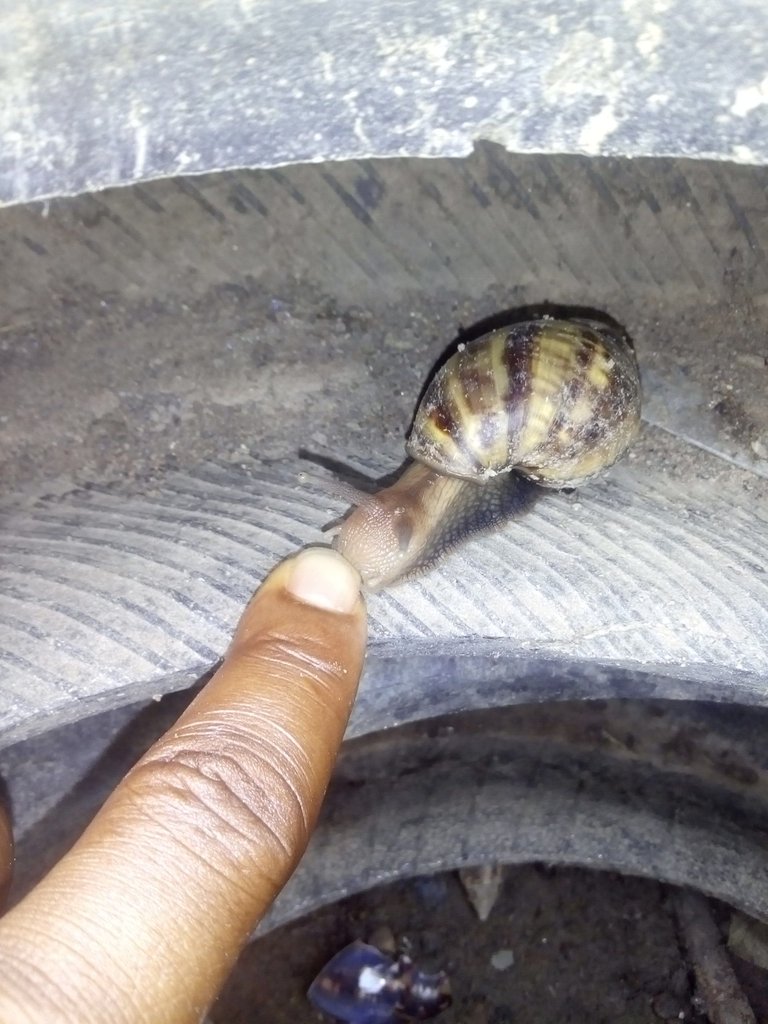
Snails can be fascinating and peaceful creatures. They can also be a lucrative crop, as many people in the world
consume them as a delicacy. Of course,
before investing in a large scale snailery,
you should investigate the local market for snails and find out if there are rules and regulations regarding breeding and sale of snails. Before you build your snailery, the kind and methods used is being considered too.
Snaileries come in three varieties.
- Extensive systems are free-
range and outdoors. - Intensive systems are closed and climate controlled.
- Semi- intensive systems combine features from intensive and extensive systems.
Usually, in a semi-intensive system, you
allow your snails to lay eggs and hatch in closed environments and then move
snails outside after about 6-8 weeks.
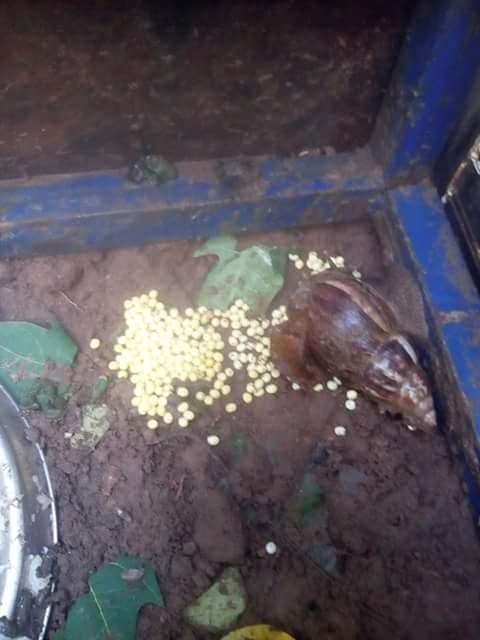
If you are the kind of person ... That is, interested in the
EXTENSIVE SYSTEM.. BELOW ARE D FACTOR YOU SHOULD CONSIDER
- Determine whether your climate is suitable for raising snails outdoors. Most snails prefer warmth and humidity - about 25-30 degrees C (or 77-86 degrees F) and 80-95% humidity.
- Research the breed of snail you are planning to raise to determine whether an extensive system is an option for you or not.
- Also consider wind as a factor in snail growth. Wind causes snails to dry out, so you should situate your snailery in a sheltered location if possible...... Very important.
- Fence in an area based on how many snails you are planning to house. Fine chicken wire mesh works well, because snails don’t like to crawl on it. Concrete blocks and bricks are also a good option.
Dig the fence in at least 20 cm to prevent snails from burrowing under and escaping. - Fill the enclosure with appropriate soil. Be sure that the soil is very loose. Snails lay their eggs in the soil, so it’s important for them to be able to dig into it easily. Avoid very sandy soil (it doesn’t hold water well) heavy, clay-like soil highly acidic soil (it can damage their shells...
- Make use of treated loamy soil.. Which contain a lot of calcium...
- Plant vegetation in the pen. Shrubs and small trees will offer food and shelter. Plants that work particularly
well are sweet potatoes, pumpkins,
and leafy vegetables. - You might also consider planting small trees outside of the enclosure as well. This will help protect them from wind, sun, and rain.
- Add a small container for water. Let
it collect rainwater, or well water, since tap water often contains chemicals such as chlorine, which isn't good for snails.
Use something shallow (like a jar
lid) so that your snails don’t topple in and drown. If the water starts to look particularly dirty or full of refuse, replace it.
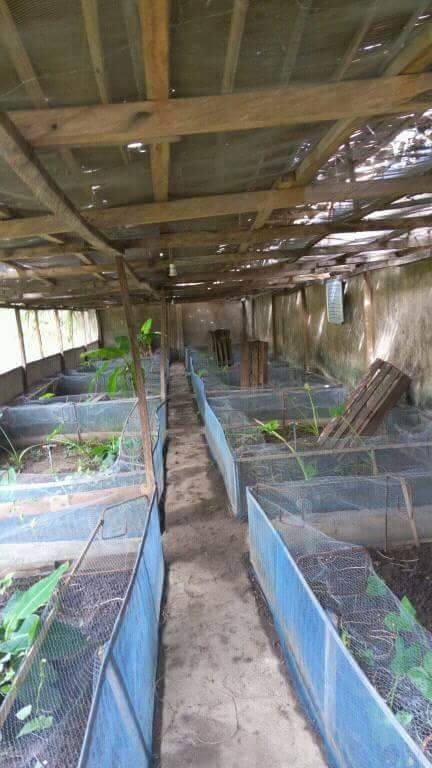 this an example of extensive method of keeping snails.
this an example of extensive method of keeping snails.
These are what you should do... If u are thinking to go into extensive system of snail farming
INTENSIVE METHOD.
Before the arrival of the snails you choose your structure
This are some different structures for the intensive system below.
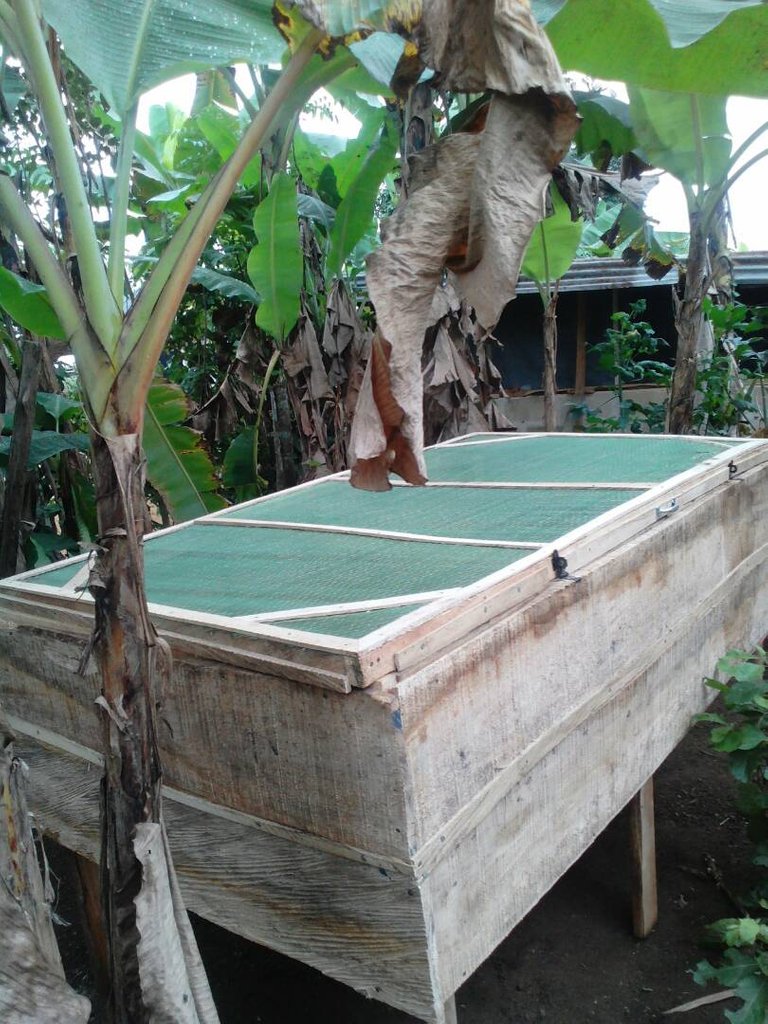
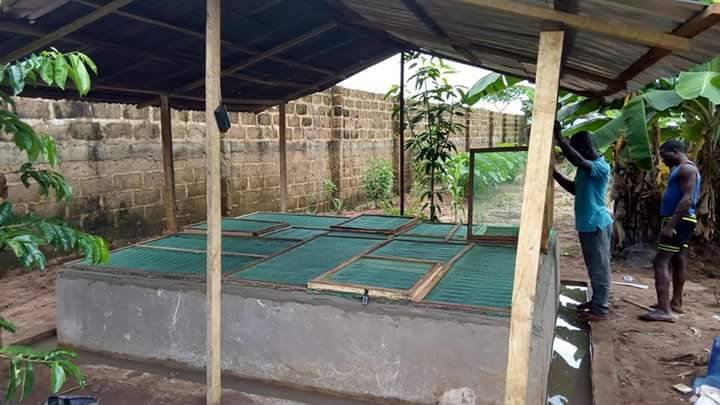
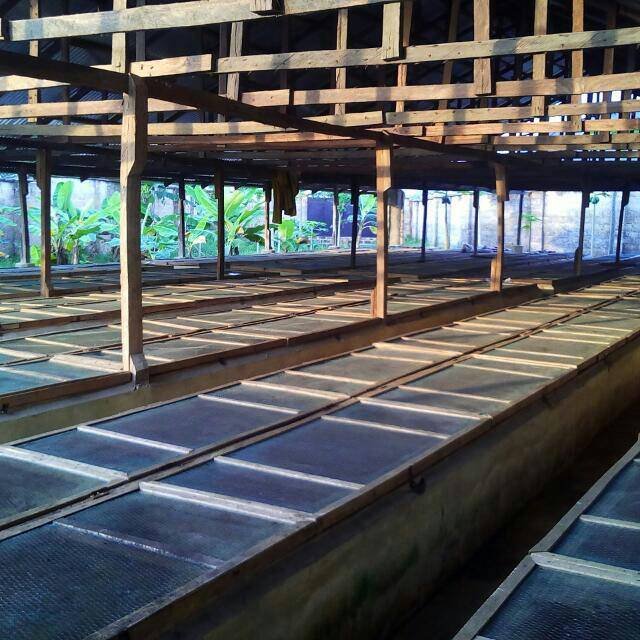
Snails can eat their way out of cardboard and they tend to be escape artists, so you will need something sturdy.
- Wooden boxes work well. Be sure that they are made of decay and termite resistant material.
- Discarded oil drums are a cheap and workable option as well.
- Glass or plastic containers work
too. If you’re working with just a few snails, a plastic tupperware container would work. For a few more, consider an aquarium. - Furnish your snail house. Put at least 2 inches of potting compost in the bottom of the container. Give the little critters a shelter, such as tupperware container tipped on its side or a half-baked terracotta pot.
- Don’t use soil directly from your garden, because it could contain other organisms as well.
- Supply your snails with food and water. An intensive system will require you to
regularly provide food for your snails. You can give them weeds, vegetable peelings, and pieces of fruit. - Avoid plants with hairy leaves and anything that produces poisons.
- If any food goes uneaten and starts to rot, remove it from the container.
GOOD FRUITS FOR SNAILS INCLUDE
mangos, bananas, pears, eggplant, figs, tomatoes, and cucumbers.
Snails need protein, which they can get from sweet potatoes and plantains.
Household leftovers such as rice and beans are fine, but be sure that they do not contain salt.
BEST SNAIL FOR FARMING IN NIGERIA
The best snail to rear in Nigeria is
Archachatina marginata
Archachatina marginata
common name
The giant West African snail, is a species of air-breathing tropical land snail, a terrestrial pulmonate gastropod mollusk in the family Achatinidae. They can grow up to 20cm long, and live up to 10 years.
Achatina M has it’s origin from Nigeria, get to Liberia from Nigeria and then Ghana.
Thanks for reading my howto rear snails, stay tuned to @chrizy by following me for updates on howto rear snails chapter #2 loading...
Questions are welcome reply me thank you.
Chapter #2 loading... On howto rear snails.
Hi! I am a robot. I just upvoted you! I found similar content that readers might be interested in:
https://www.wikihow.com/Build-a-Snail-House